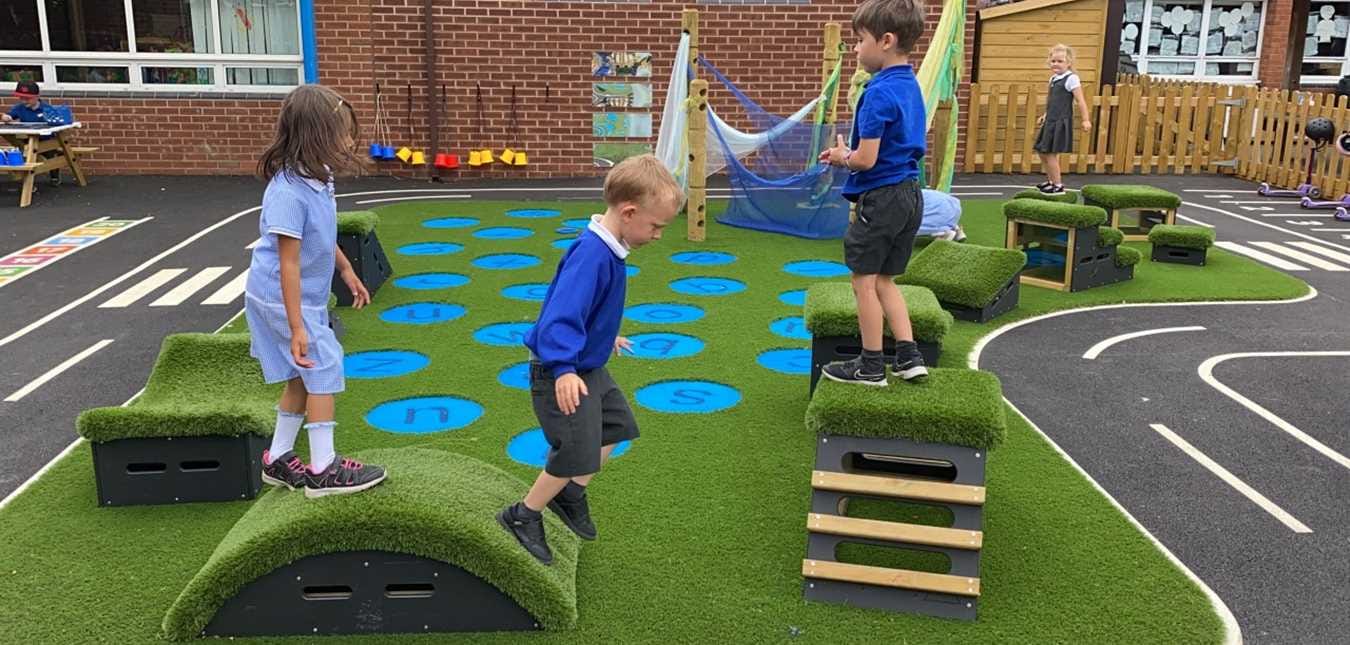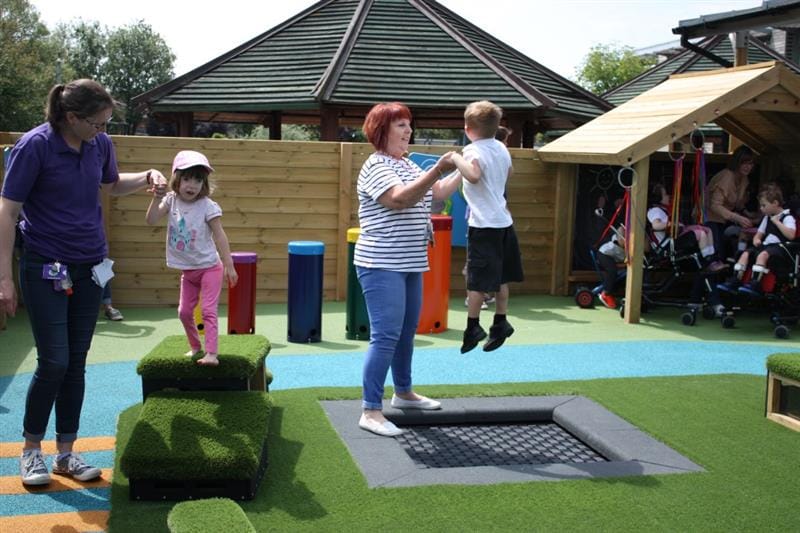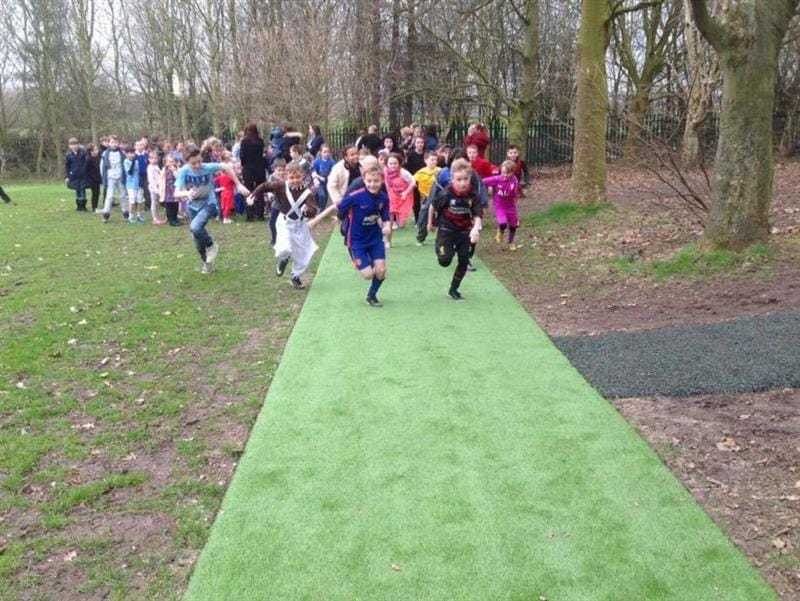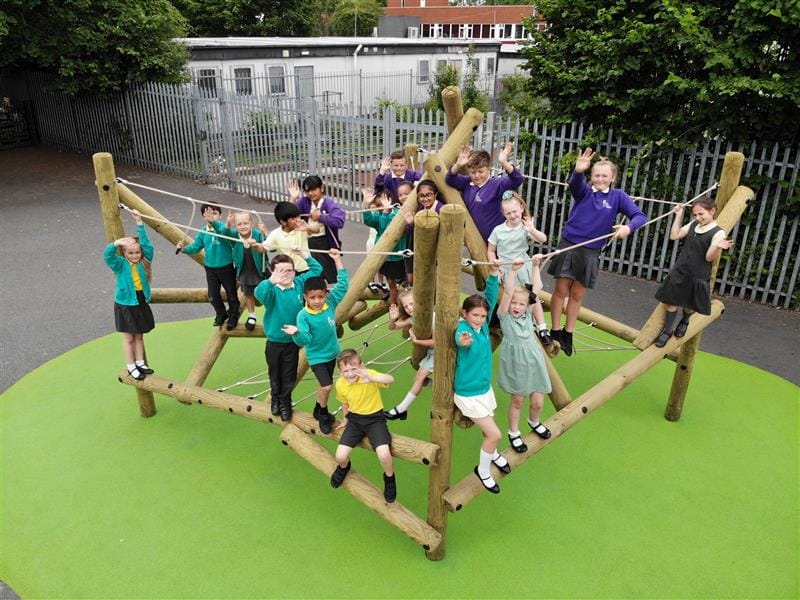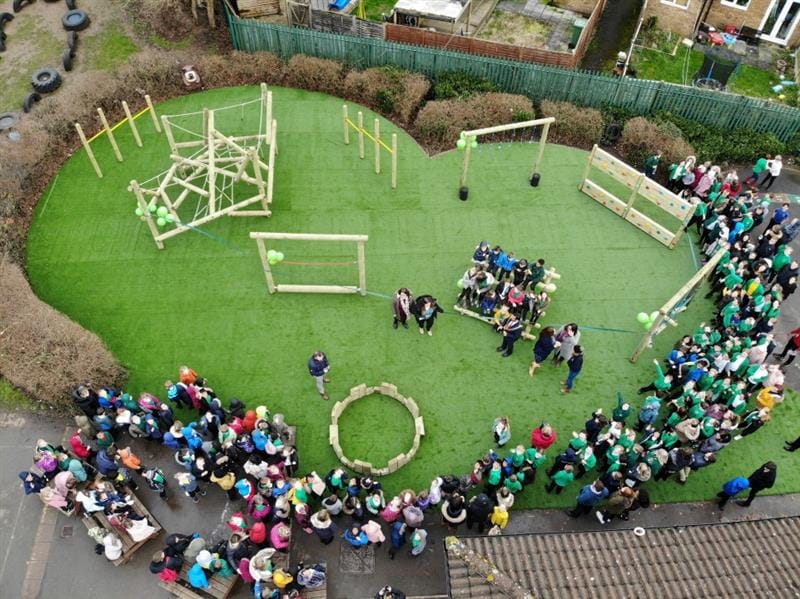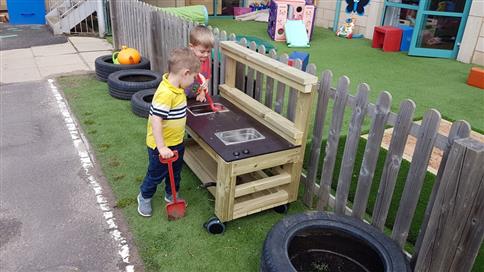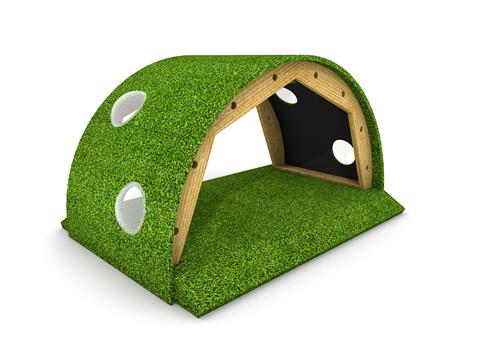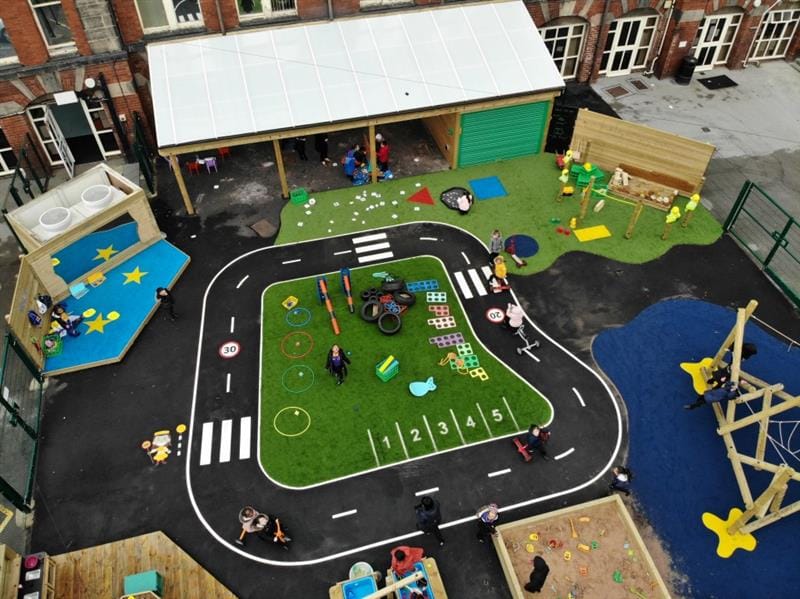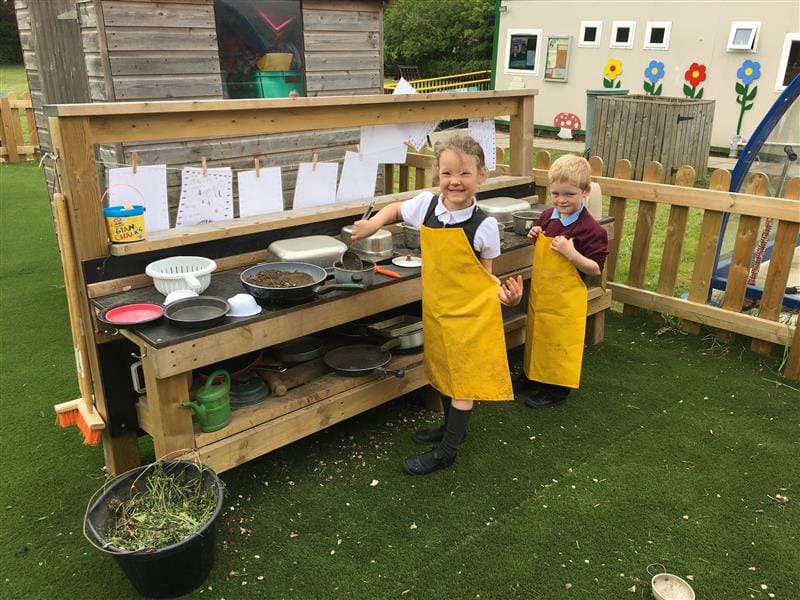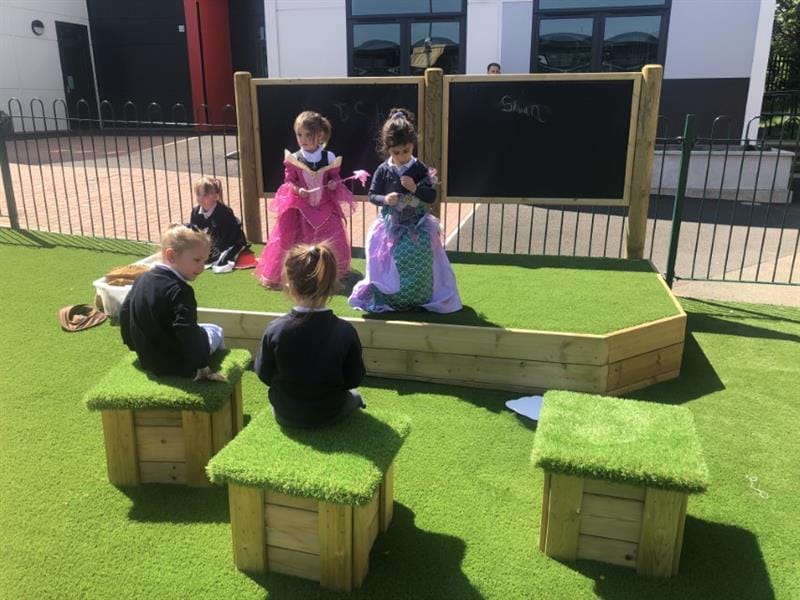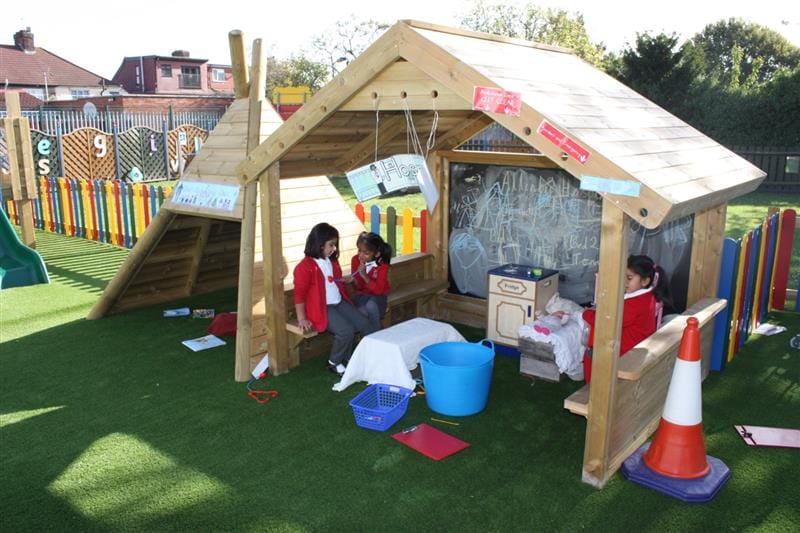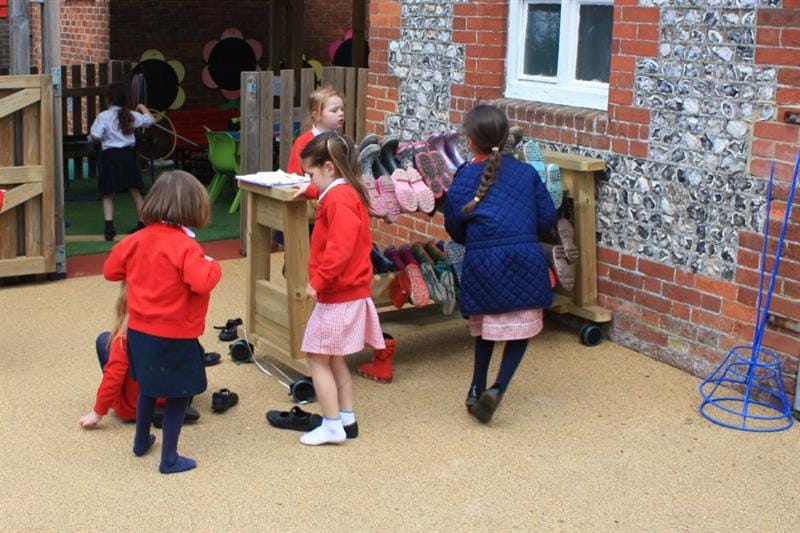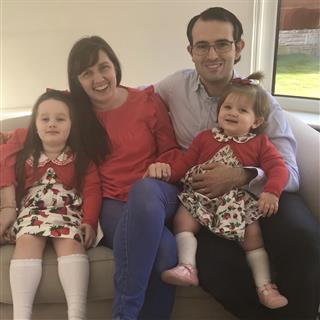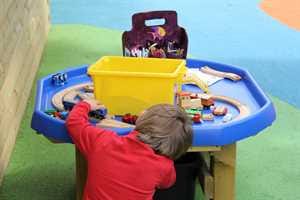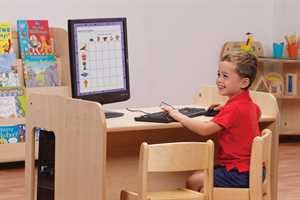
Children's Health
How We Can Support Childhood Physical Development Through Play
Progress in physical development helps children to explore the world.
Over time children develop self-awareness and learn to interact with objects and others in the space around them. Movement allows children to connect concepts to action and to learn through trial and error.
By improving gross and fine motor skills children gain control and co-ordination allowing them to move safely in different environments.
Sensory play and experiences help children to learn about the world by using their bodies. As children interact and explore, they begin to enquire and learn.
Why is this important?
With more young people leading sedentary lifestyles the importance of movement and exploration is greater than ever in early and primary years.
Research indicates that the health of the brain is tied to the health of the rest of the body.
Studies suggest that exercise in early childhood can improve cognitive function and even contribute to a bigger hippocampus; even from a young age babies can participate in tummy time which helps to develop muscle strength and head control.
In my own experience as a teacher, planning for and allowing children to run, move, skip and hop allows them to discover new things and leads to happy and healthy pupils.
How many times have we heard the expression, he/she is ‘always on the go?’
My own children seem to wake up with a huge amount of energy and enjoy physical play!

As teachers we do need children to ‘sit quietly on the carpet,’ but we also want physically fit pupils who naturally engage in active playtime.
In this blog I will explore ways to increase movement and physicality in our educational settings by considering layout, provision and equipment.
Inquisitive Natures
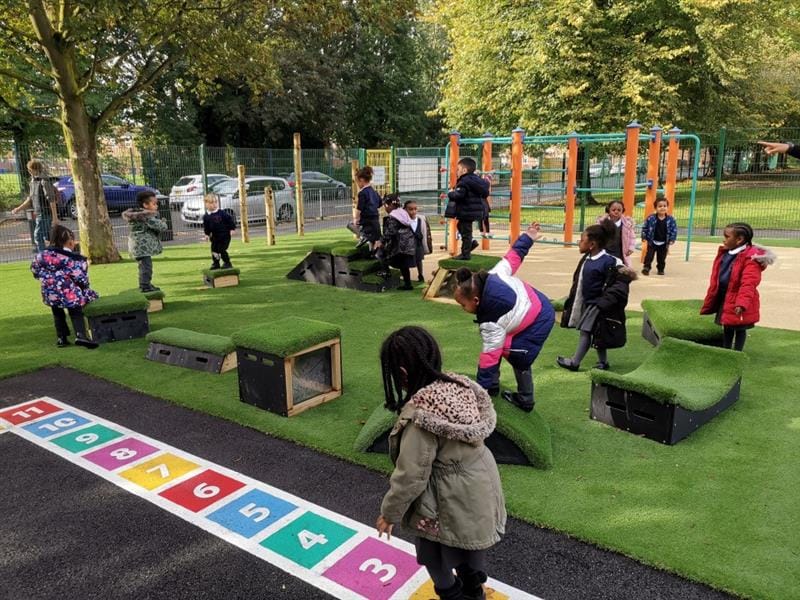
Young children are naturally active and will often find lots of ways to interact with all the features around them, but as practitioners we can provide opportunities and experiences to engage and support our students.
Continue reading to discover our nine tips for encouraging physical development through play!
Consider a range of surfaces
Indoor flooring tends to provide a smooth, firm surface which can result in children not paying attention whilst moving and they may trip in unlikely places.
Outside in the school grounds it is possible to provide a variety of different kinds of surfacing from hard and strong such as tarmac to more textured or bumpy such as artificial grass and wet pour.
Softer and possibly slippery surfaces could include grass and earth and uneven surfaces such as cobbles, bark and the forest floor allow children to explore and consider each footstep.
Ground surfaces outside are subject to change with different weather conditions.
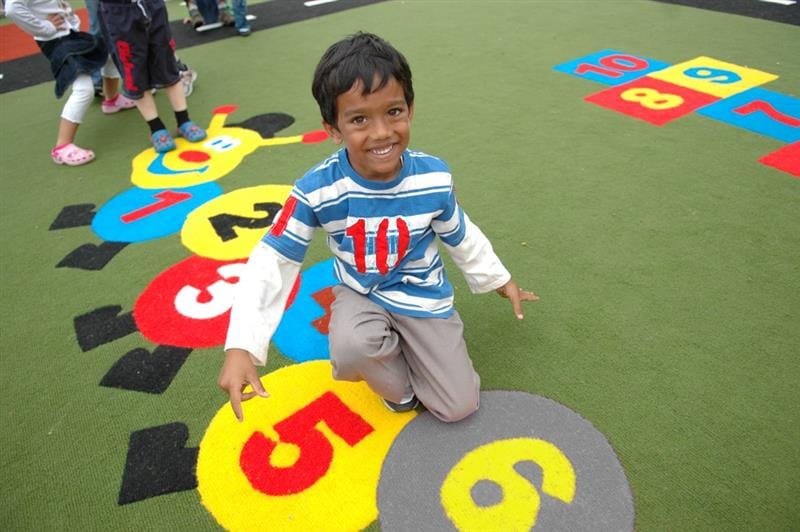
A hot, dry period can create browner, thinner grass with bare patches whereas wet weather brings longer lush, green blades.
Each contrasting surface allows children to change how they use their bodies which develops control and coordination.
Often when we visit schools, we see children enjoying being on the floor, particularly on our artificial grass surfacing.
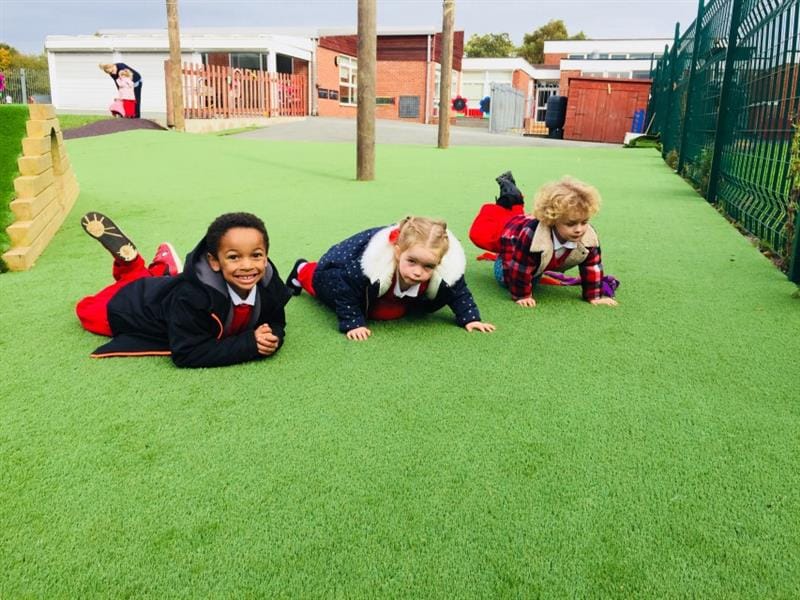
Having freedom to play on the ground is great for body and brain development in babies and young children. Floor play encourages turning, rolling, creeping and crawling.
Often children construct their own small world play on the floor and enjoy lying on the ground at story time. This allows them to explore under their own direction, learning about themselves and their relationship with the world.
Product Spotlight
Playing at Different Levels
Children will often congregate at the top of the Play Tower as they love the feeling of being high up, contained under a shelter or on an exciting viewing platform.

Raised areas such as decking, trim trails and playframes allow children to play at an elevated level. Get Set, Go! Blocks let children move between levels and clamber up and down. Stairs, nets, climbing walls and poles provide interesting ways of moving between contrasting levels.
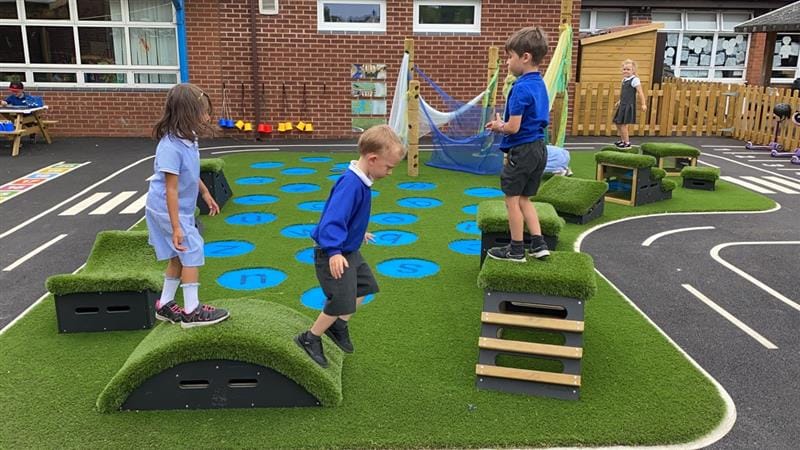
Stepping Logs and playground mounds allow children to develop a sense of their body in relation to gravity.
Depth perception and spatial awareness is built upon whilst children develop social skills with friends.
Make use of Large Vertical and Horizontal Surfaces
Working on a large scale develops children’s core strength, spatial awareness and shoulder stability.
Vertical surfaces facilitate wrist extension helping with tripod pencil grip.
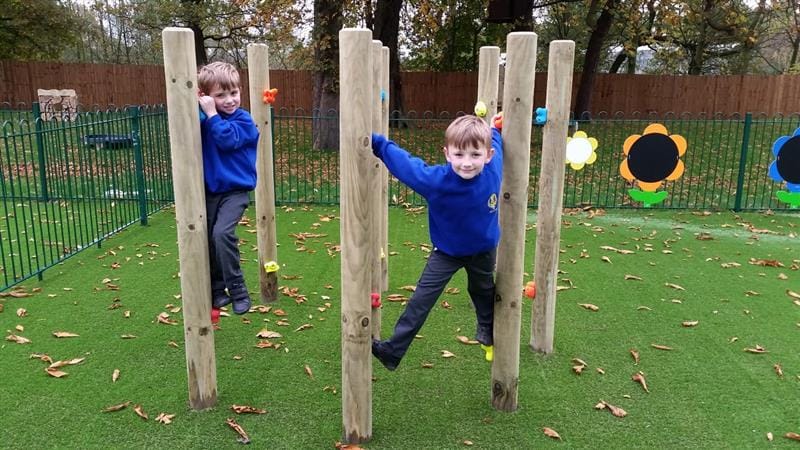
Muscles are exercised and large arm movements require midline crossing.
Large surfaces allow several children to work collaboratively alongside each other.
Cotton and plastic sheets such as shower curtains, allowing children to face each other, can be attached to walls and fences.
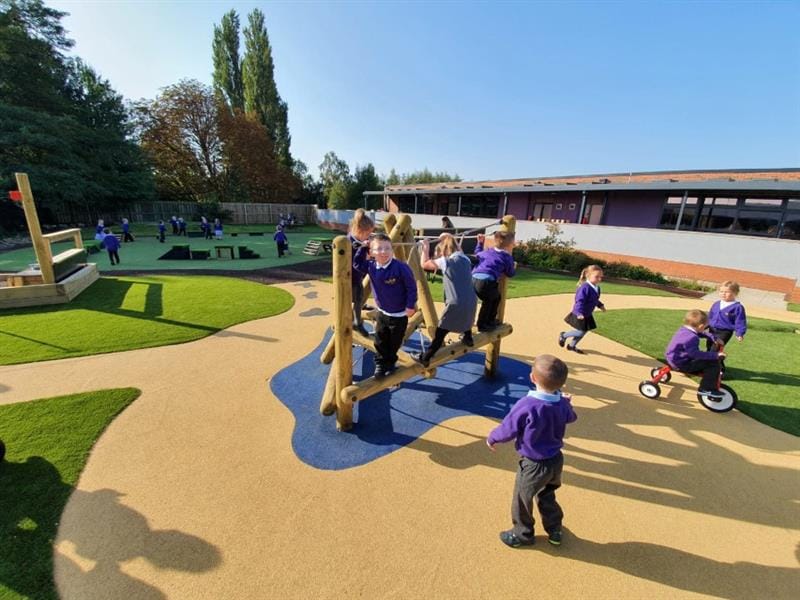
Floor surfaces can be painted with chalk or mud and sprayed and squirted using water.
Chalk paint (made from coloured chalks, water and cornflour) can be used on a variety of different surfaces such as brick walls, wooden fences and rubber tyres to explore a range of textures. Large paint brushes and rollers require children to manipulate a range of tools.
Targets can be made from baskets or drawn with chalk and balls and beanbags can be thrown or bounced against walls and flooring.
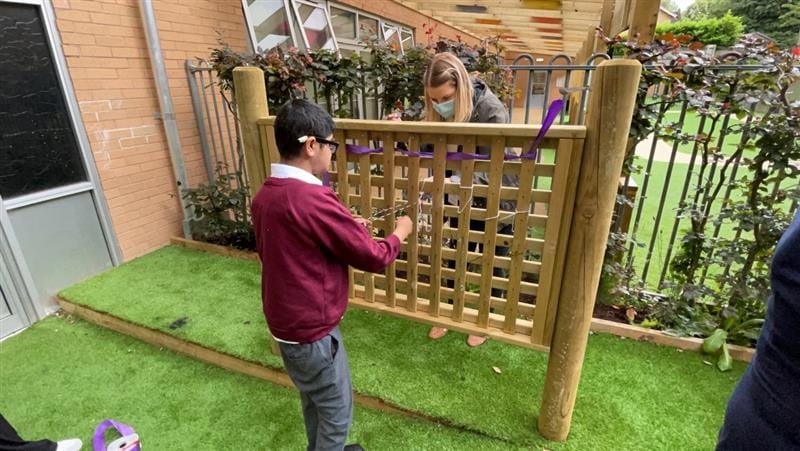
Pentagon’s Weaving Panels are a brilliant large- scale activity. Children can use ribbons, tapes, ropes and natural items to create artwork whilst improving fine motor skills.
Bikes, Trikes and Prams
One of our favourite Pentagon products to install is a Wetpour Race Track.
Wheeled vehicles are a superb resource for involving movement of major muscle groups. Children learn to develop balance, spatial awareness and hand-eye- co-ordination.
The rider uses each side of their body alternately, linking the two hemispheres of the brain. Control is needed to operate and steer vehicles and timing and speed are considered when moving on a slope or over a bump.
It is beneficial for children to have access to a range of wheeled vehicles such as trikes, scooters, balance bikes, wagons, carts, prams, and wheelbarrows etc.
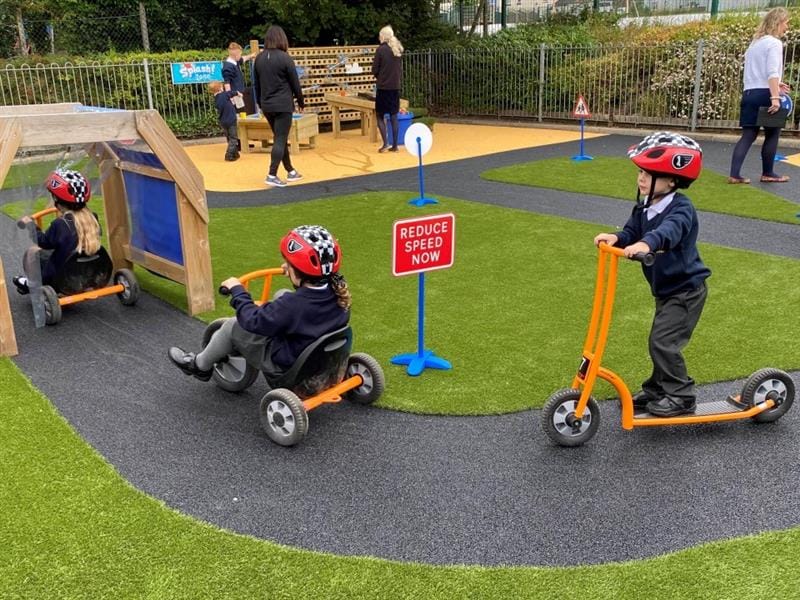
Vehicles offer comfort to some and challenge to others, they encourage social interaction and help to build relationships with peers.
I have witnessed the benefits of wheeled vehicles when used in role play scenarios. Children have delivered numbered letters, picked up passengers, taken their pet to the vets and transported mud pies home from the bakery!

The use of road markings provides further challenges as children begin to develop road safety skills such as stopping at the zebra crossing and slowing down when approaching traffic lights.
Dig, Dig, Digging
Digging in a Dig Pit is one of those activities that seems to fascinate children and will often be repeated and tested over and over again.
Finding out what is below the surface requires persistence and social cooperation.
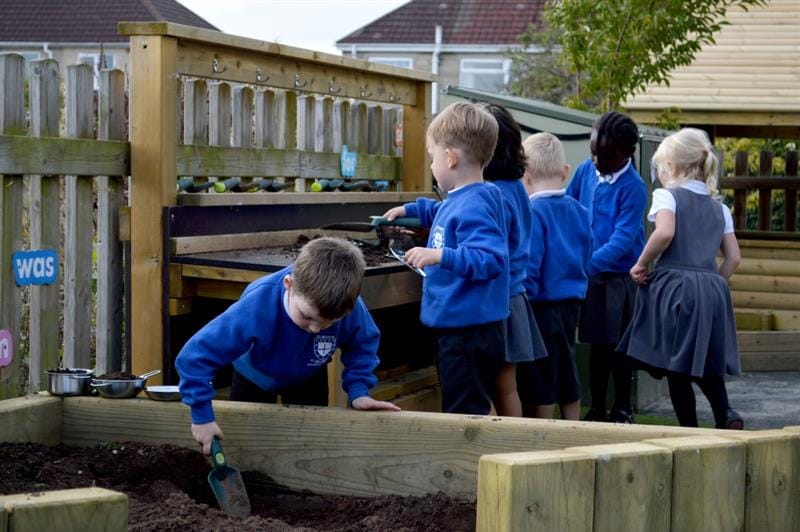
Digging often involves imaginative play, children enjoy moving materials in vehicles, buckets and containers, often they need a type of material for a recipe or potion.
Digging sand, soil or gravel provides a fabulous workout for bones, muscles, ligaments and tendons and helps to develop proprioception.
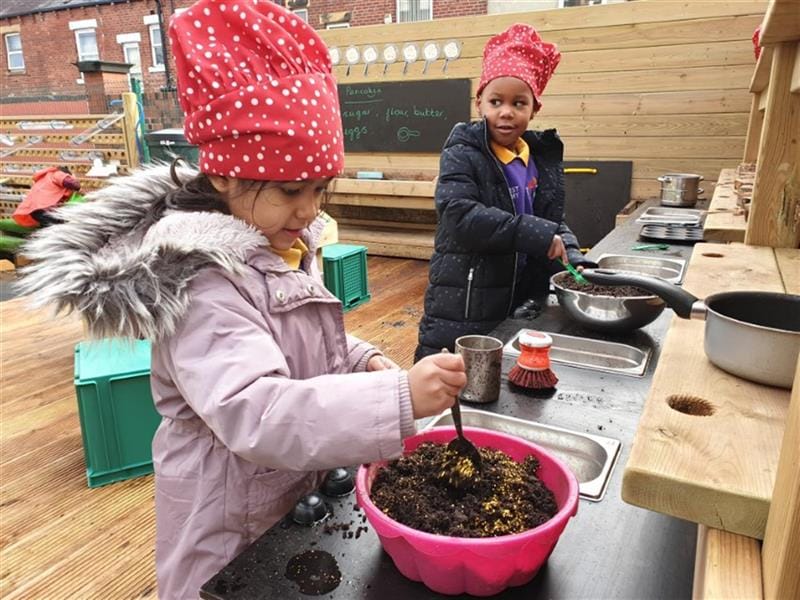
Children like to fully immerse themselves into a digging space that is large enough for them to get into, especially with their peers.
Pentagon’s Sand Boxes and Dig Pits are deep enough to push spades well under the surface and big enough to bring in buckets and wheelbarrows for transference.
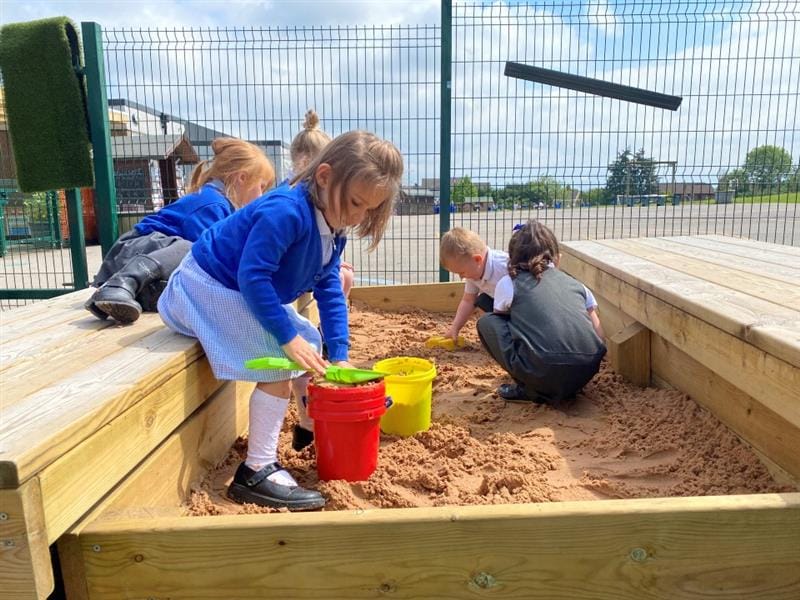
Having a special, outdoor place to dig allows children to use a variety of tools including long handled types which are great for gross motor development.
Lifting and Transporting
Children enjoy handling loose materials. They can be gathered, stacked, sorted, shared, mixed together and moved between containers.
A variety of different blocks are a great resource both inside and outside the classroom for lifting, transporting, placing and constructing.
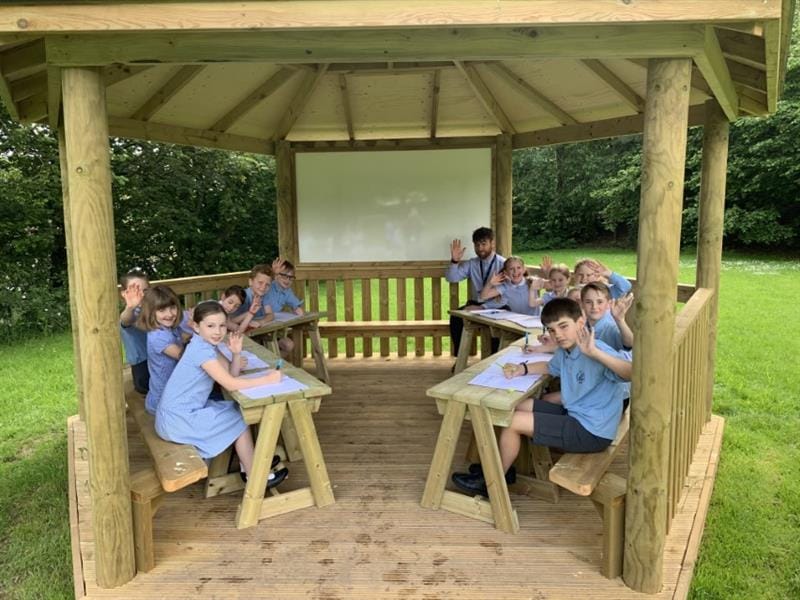
An Outdoor Classroom is the perfect place to transfer water, mud, sand, bark and stones.
When children are moving large-scale, heavier objects the physical demand is greater. Pentagon’s Rope and Pulley Materials Mover maximises physical development and allows materials to be transported as pupils interact with their landscape.
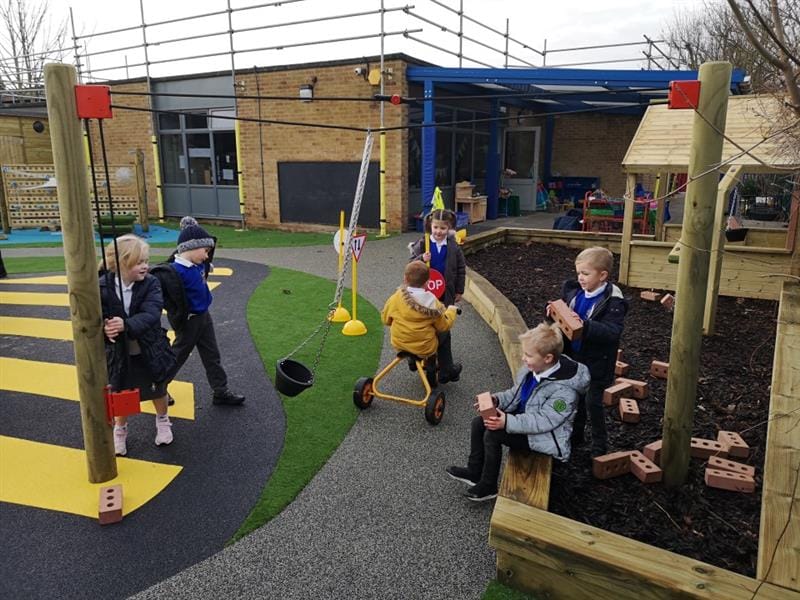
A selection of containers fit for different purposes makes play exciting and varied. Watering cans, pot and pans – including some with handles, buckets, baskets, teapots, jugs and wheelbarrows can provide children with different challenges and may be difficult to lift.
Objects such as tyres, crates, large buckets and logs can require team work and cooperation to push, pull, turn and drag. Being active together in physical play encourages children in both verbal and non-verbal communication.
Even tidy up time supports physical development. Sweeping up, washing pans in the Mud Kitchen, collecting small objects into the basket, fitting the blocks back together correctly all show good control in large and small movements and children will be able to safely negotiate space as they move around the classroom in a range of ways.
Feel the rhythm
Young children love listening to music and having a dance!
Amazingly, research has even shown that babies express preference for the same kind of music they heard while in the womb!
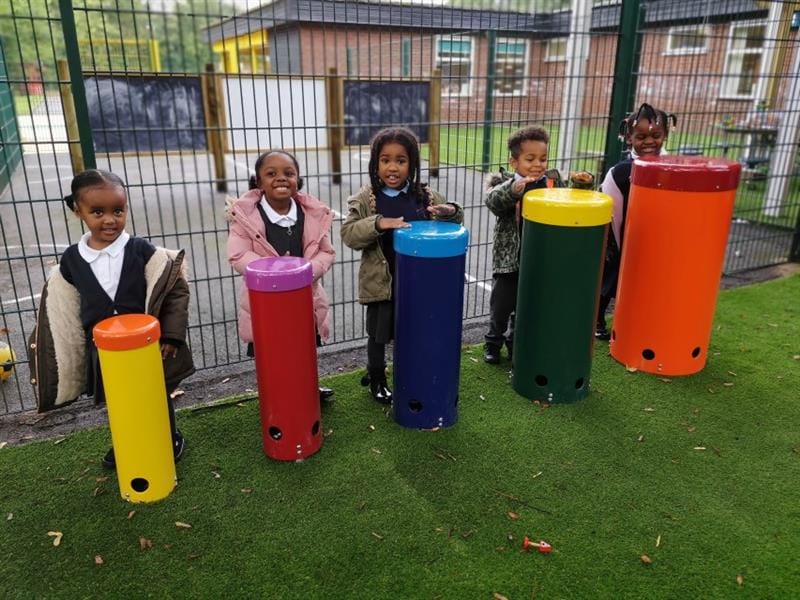
Music encourages children’s inclination to move and dancing involves processing sounds and patterns and responding to rhythms in a way that requires coordination, motor control and flexibility. Spinning, twirling, stretching and jumping connect both sides of the body.
Ribbons and scarves involve large shoulder movements and smaller movements in the wrists and arms. Providing opportunities for children to lift and move their arms and take their own body weight are important for overall development and can help with handwriting skills.
When children create their own sounds, using instruments, in response to music they are usually performing large, full-bodied actions. The use of a Performance Stage allows children to take part in rhymes and games and they can playfully relate to adults and peers.
Songs and rhymes that encourage movement such as Five little speckled frogs, Here we go round the mulberry bush and If you’re happy and you know it, to name a few provide a great stimulus for outdoor learning.
Rest and Relaxation
Children cannot sustain high energy levels throughout the whole day.
Having a designated space for rest and recovery is beneficial for children’s health and wellbeing; pupils will not feel overwhelmed if they know they can withdraw from an activity and find a space for restoration.
Children may begin to recognise when they need to take a break and recharge, leading to self-management of interaction levels.
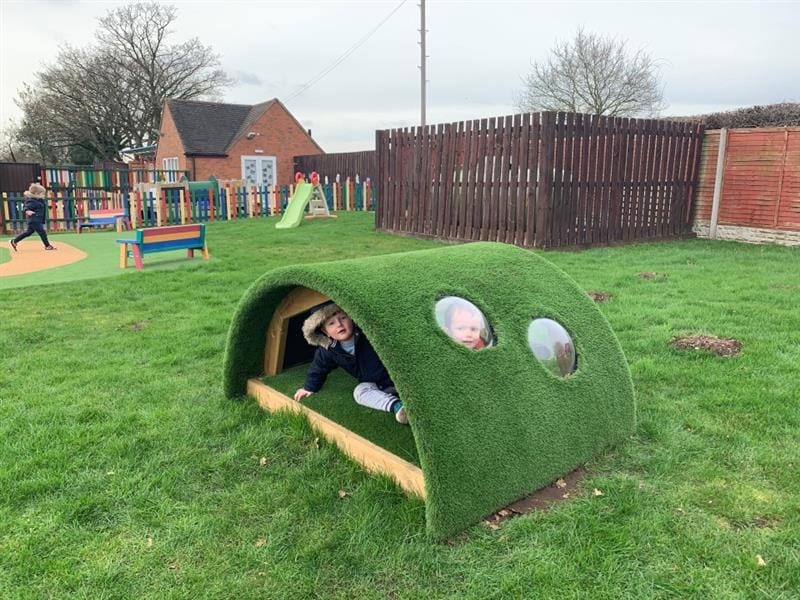
Reading corners, comfortable chairs, swing seats, Playhouses and Hill Dens can be made into beautiful areas of withdrawal through the use of Planters, screens and a selection of cushions, blankets and beanbags.
Bringing the Outside In
Having a free flow area to the outside environment allows children to build independence and gives them choice, allowing students to decide when they want to be more active.
Children begin to learn what they will need in order to play outside and can select their own resources including coats and wellington boots.
Free flow gives children the opportunity to develop at their own pace, they can decide to either spend the morning playing outside on the race track or sitting at the Tuff Spot Table manipulating play dough.
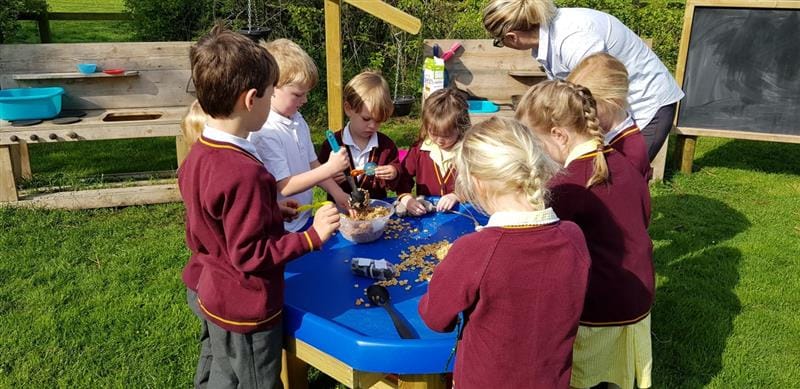
Physical activities have many benefits for children including finding out about themselves and their capabilities, learning to persevere and enjoying being outside and working alongside peers.Practitioners can provide many opportunities every single day for children to play and experiment with resources in their environment. I believe that young children learn best when doing, moving and using their whole body to access a physically-based curriculum.
